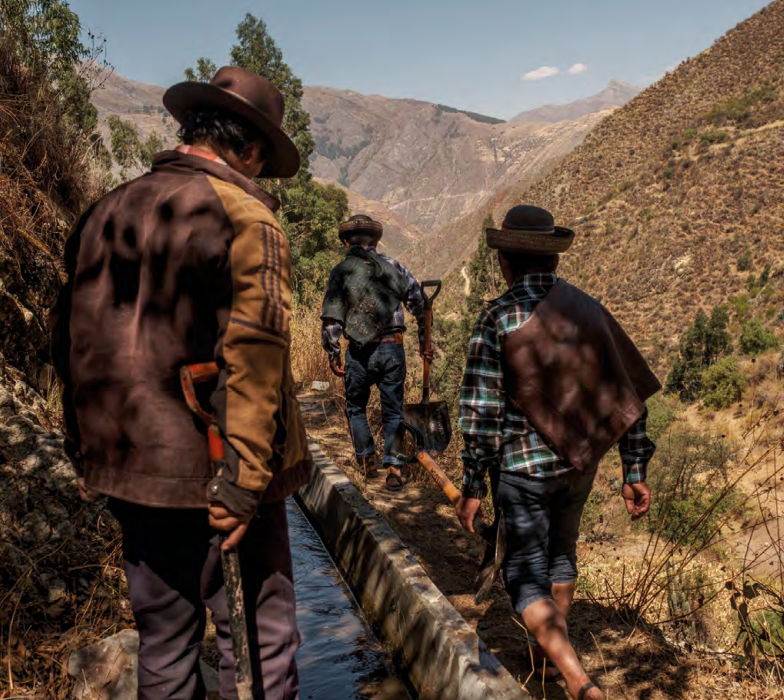In this Article
Rural mountain communities face significant challenges, including limited access to services, environmental vulnerability, and growing food insecurity. Addressing these issues necessitates implementing sustainable development strategies and promoting diversified livelihood opportunities.

More than 1.2 billion people live in mountains, with Asia and Africa having the largest rural mountain populations. Approximately 90% of the global mountain populations reside in developing countries, and over 65% of the mountain population in developing countries inhabits rural areas.
Rural mountain communities face unique challenges. The remoteness and rugged topography of rural mountain settlements hinder major infrastructure development. This lack of infrastructure limits access to essential services, including healthcare and financial resources, and participation in broader economic activities. These communities are also highly vulnerable to natural hazards and extreme weather events.
Agriculture constitutes the primary source of livelihood for rural mountain communities, serving as a vital means of sustenance and income through crop-based farming and animal husbandry. However, limited access to markets and alternative livelihoods restricts economic diversification. Dependence on natural resources, such as water and forests, makes these communities highly vulnerable to the impacts of climate change.
Climate change severely threatens mountain ecosystems, as rising temperatures and altered precipitation patterns disrupt water availability, diminish agricultural productivity, and endanger biodiversity. These environmental changes are compounded by an increasing frequency and intensity of extreme weather events.
Limited livelihood options, poor access to services, and limited capacity to adapt to changing environmental conditions exacerbate rural mountain communities’ vulnerability. Effectively addressing these challenges necessitates a comprehensive and multi-dimensional approach tailored to the specific needs and vulnerabilities of these communities.
Reference: Barrott, J., Witton R. and Hocquet R. (2024, June). Leave No Mountain Behind. Migration, mobility and immobility in the mountains. Adaptation at altitude. Retrieved January 10, 2024 from https://adaptationataltitude.org/wp-content/uploads/2024/07/AaA-Brochure-Migration-FINAL-WEB1-.pdf




